Maintaining independence and editorial freedom is essential to our mission of
empowering investor success. We provide a platform for our authors to report on
investments fairly, accurately, and from the investor’s point of view. We also
respect individual opinions––they represent the unvarnished thinking of our people
and exacting analysis of our research processes. Our authors can publish views that
we may or may not agree with, but they show their work, distinguish facts from
opinions, and make sure their analysis is clear and in no way misleading or deceptive.
To further protect the integrity of our editorial content, we keep a strict separation
between our sales teams and authors to remove any pressure or influence on our analyses
and research.
Read our editorial policy to learn more about our process.
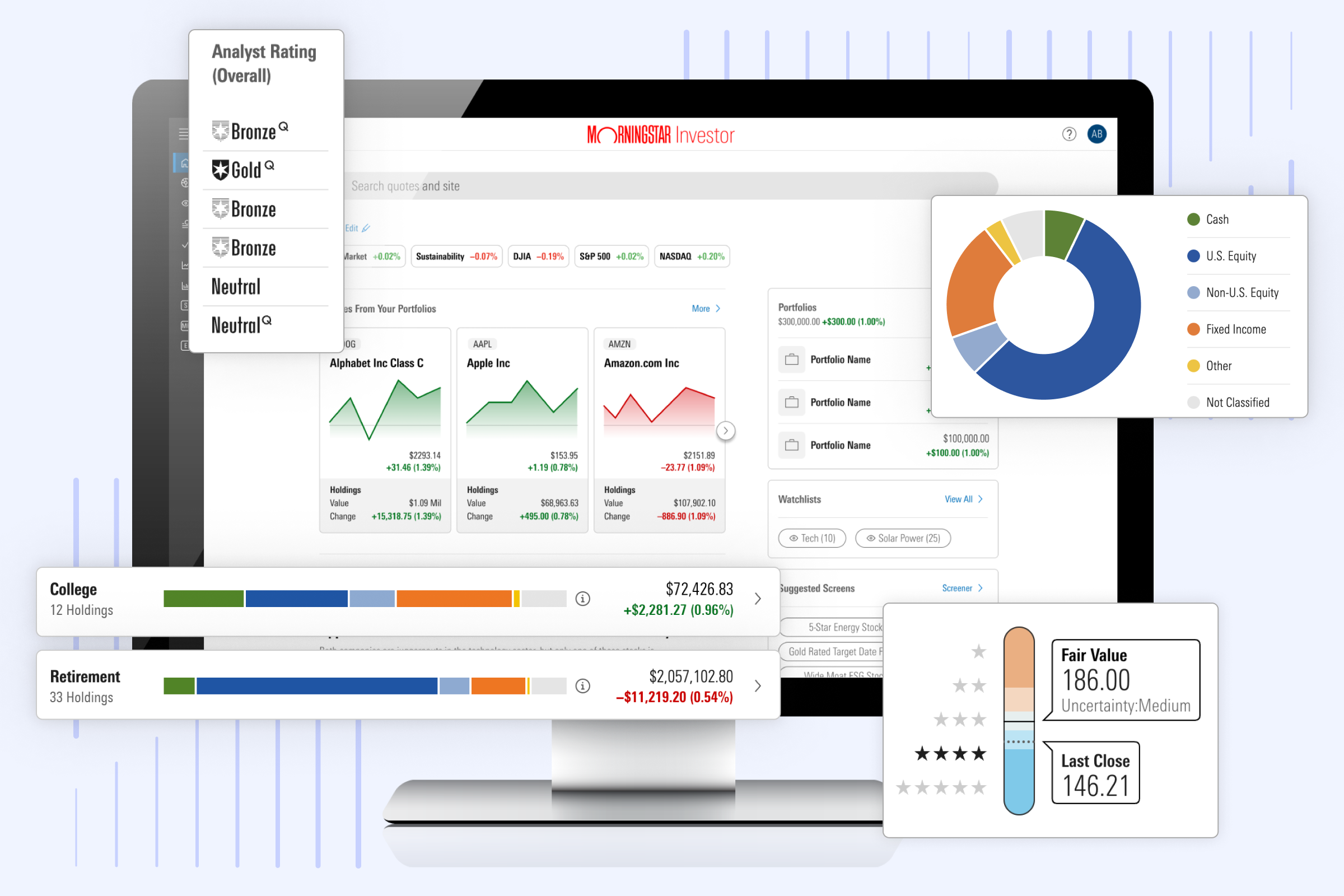
.png)
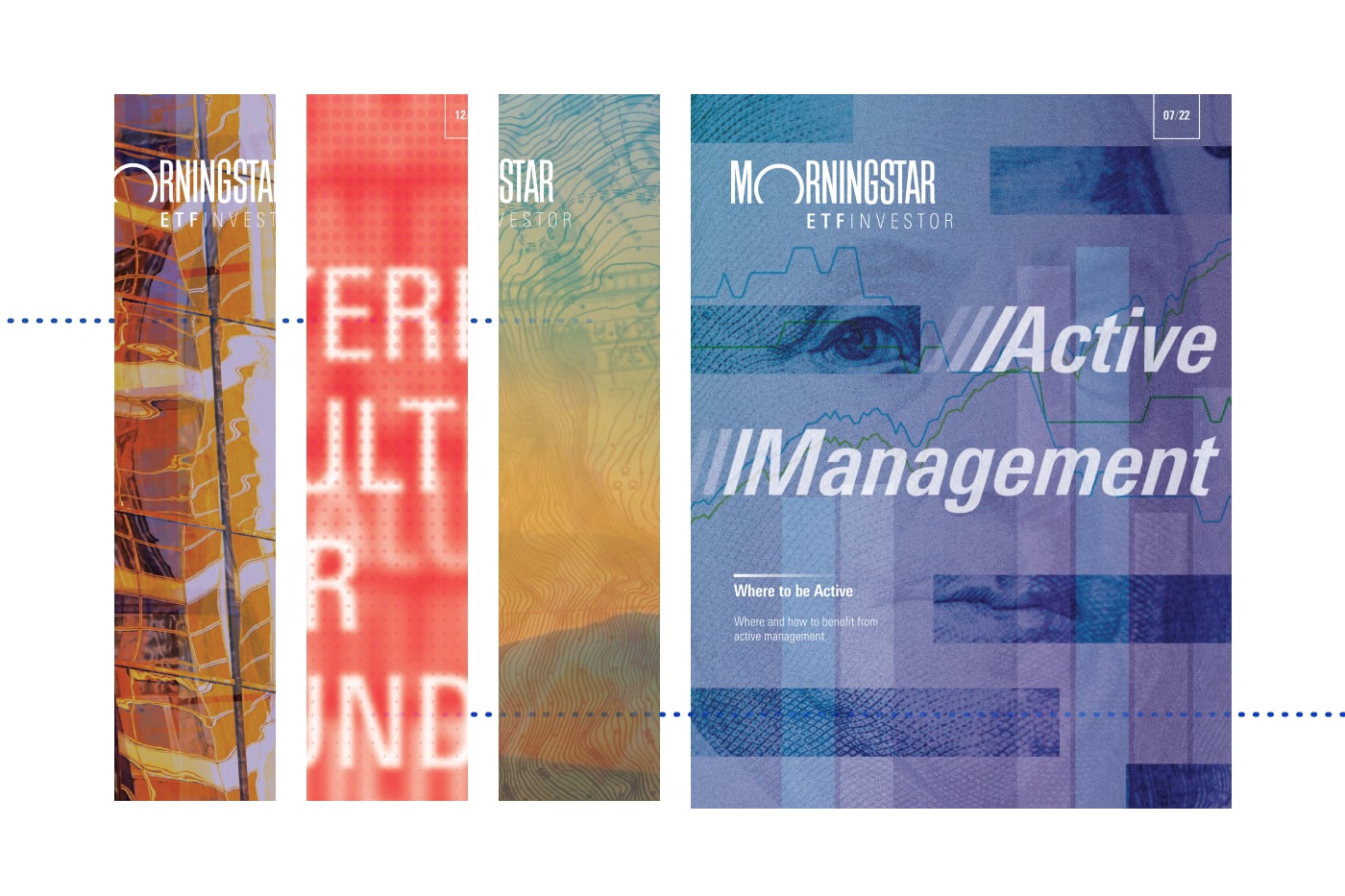
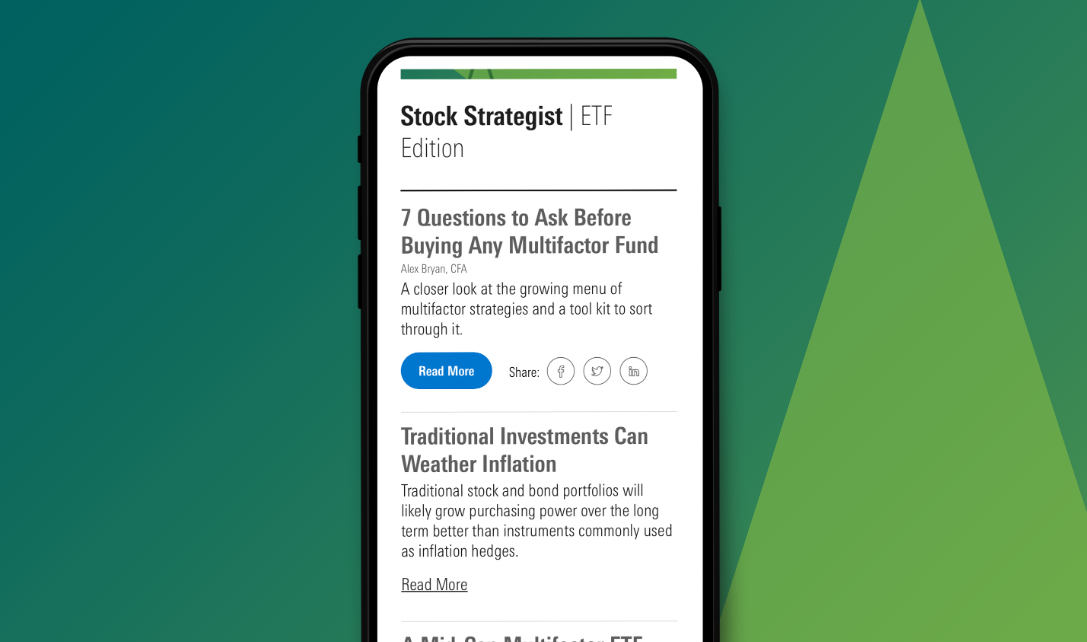
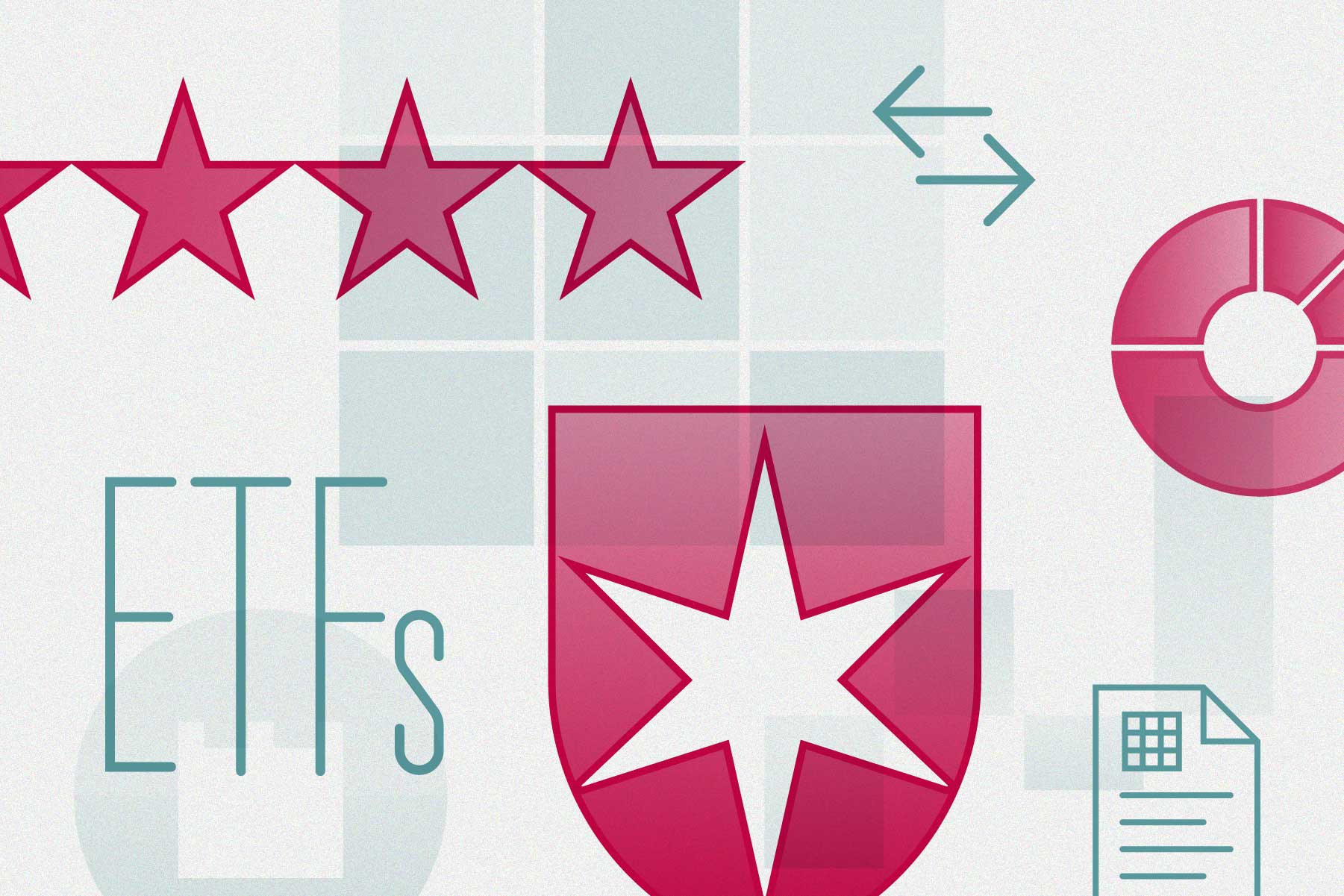


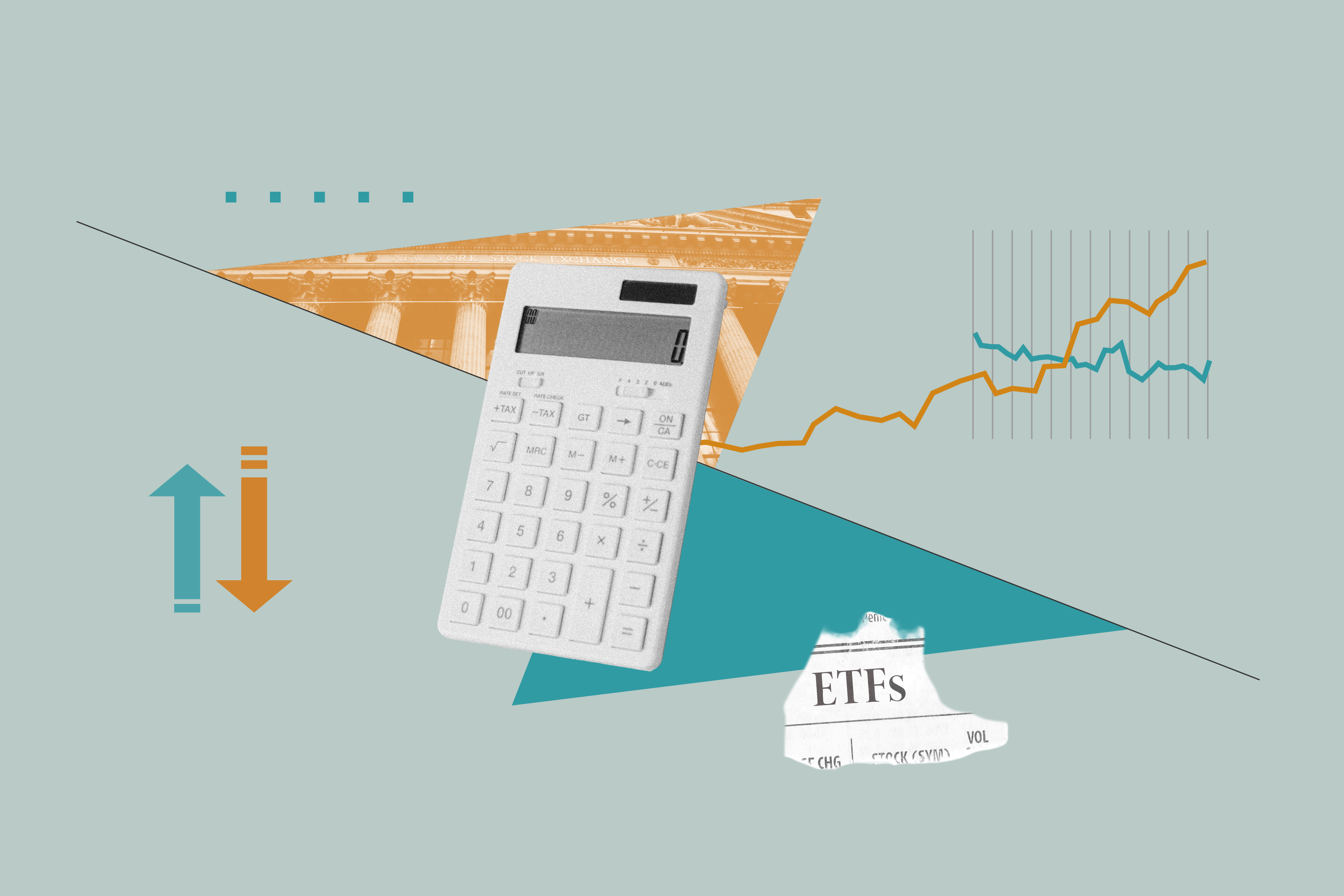

:quality(80)/cloudfront-us-east-1.images.arcpublishing.com/morningstar/24UPFK5OBNANLM2B55TIWIK2S4.png)

:quality(80)/cloudfront-us-east-1.images.arcpublishing.com/morningstar/T2LGZCEHBZBJJPPKHO7Y4EEKSM.png)


:quality(80)/cloudfront-us-east-1.images.arcpublishing.com/morningstar/HDPMMDGUA5CUHI254MRUHYEFWU.png)


:quality(80)/cloudfront-us-east-1.images.arcpublishing.com/morningstar/NZE33UZQNJC6FGMLKRPNGFAAYA.png)

:quality(80)/cloudfront-us-east-1.images.arcpublishing.com/morningstar/PKH6NPHLCRBR5DT2RWCY2VOCEQ.png)
:quality(80)/cloudfront-us-east-1.images.arcpublishing.com/morningstar/IGTBIPRO7NEEVJCDNBPNUYEKEY.png)
:quality(80)/cloudfront-us-east-1.images.arcpublishing.com/morningstar/QLZH2RC5Y5HFHKH35NG3BFY6BA.png)